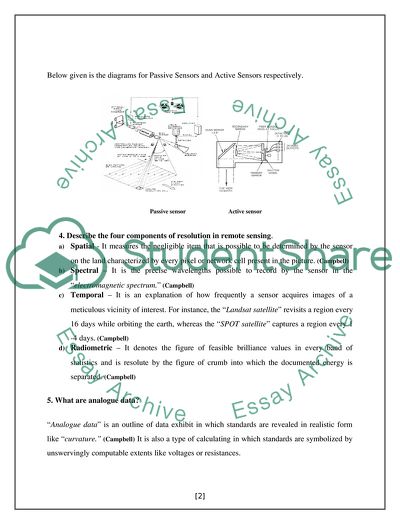Cite this document
(Remote Sensing and Image Analysis Assignment Example | Topics and Well Written Essays - 2250 words, n.d.)
Remote Sensing and Image Analysis Assignment Example | Topics and Well Written Essays - 2250 words. https://studentshare.org/technology/1719659-remote-sensing-and-image-analysis
Remote Sensing and Image Analysis Assignment Example | Topics and Well Written Essays - 2250 words. https://studentshare.org/technology/1719659-remote-sensing-and-image-analysis
(Remote Sensing and Image Analysis Assignment Example | Topics and Well Written Essays - 2250 Words)
Remote Sensing and Image Analysis Assignment Example | Topics and Well Written Essays - 2250 Words. https://studentshare.org/technology/1719659-remote-sensing-and-image-analysis.
Remote Sensing and Image Analysis Assignment Example | Topics and Well Written Essays - 2250 Words. https://studentshare.org/technology/1719659-remote-sensing-and-image-analysis.
“Remote Sensing and Image Analysis Assignment Example | Topics and Well Written Essays - 2250 Words”. https://studentshare.org/technology/1719659-remote-sensing-and-image-analysis.


